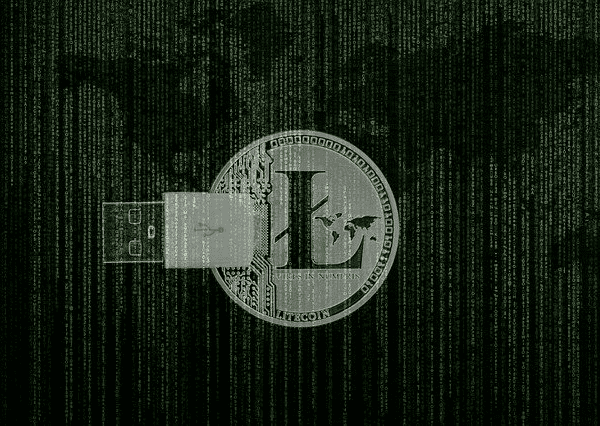Ethereum (ETH-USD) is defying broad underperformance in cryptocurrencies, with its recent price gains reflecting a surge of interest in smart contract platforms that are being rapidly co-opted by the nonfungible token (NFT) boom.
Amid newfound investor interest, the digital coin’s performance has even eclipsed Bitcoin’s (BTC-USD), which has languished for over a month after setting a new record high near $68,000.
Currently trading around $4,400, Ethereum is the second largest cryptocurrency by market capitalization. Like Bitcoin, ETH has morphed into something of a reserve currency of its own for crypto investors. That also might mean headwinds for the asset over the longer term, not to mention an opportunity for competing blockchains.
Unlike BTC, which is most often used as speculative store of value like gold, ether’s primary use is to provide fuel or gas for transactions across the Ethereum blockchain.
“As the price has gone up, it’s gotten very expensive to get any [transaction] space on a block on the Ethereum blockchain,” Aaron Lammer, a decentralized finance (DeFi) specialist at the crypto-focused quantitative hedge fund, Radkl, told Yahoo Finance.
“There’s still a huge number of people waiting to be on-ramped into DeFi and NFTs, we might see the price of Ether go even higher, and really only become available to people who are using it in a large-scale institutional way,” Lammer added.
As Lammer explained, one consequence of high fees is that projects and users have a financial incentive to drop Ethereum for less expensive smart contract-enabled blockchain alternatives such as Solana, Avalanche and Terra.
By no coincidence, the tokens for these competing chains behind smaller digital coins like Terra (LUNA1-USD), Avalanche (AVAX-USD) and Solana (SOL1-USD) have also performed well over the last month.
Terra token has doubled in the last week, surpassing Shiba Inu coin (SHIB-USD) as the 12th largest cryptocurrency with a market capitalization of $25 billion.
Similar to Ripple (XRP), the token’s creator, Terra Labs, is also at the center of U.S. Securities and Exchange Commissions investigation working to determine whether some of the world’s top cryptocurrencies are, in fact, securities. At least for the moment, ETH isn’t suffering from similar regulatory uncertainty.
However, ETH’s developer team has initiated a coin supply burn in its August upgrade, which will continue to exacerbate transaction costs — and potentially causing its value proposition to better fit large institutions who can afford to pay the fees.
“Applications, like within DeFi, are competing for institutional capital, which is less concerned about high fees due to the more nominal sums of money they transact,” explained Mason Nystrom, a research analyst with Messari.
Data tracked at watchtheburn.com, a project supported by the Ethereum Foundation, shows the rate at which burnt ETH has risen since Ethereum’s upgrade. The net supply (block rewards issued – burned ETH) has dropped 80% from August through November.
The stakes of DeFi
As Lammer pointed out, another reason for Ether’s rising price can be attributed to investor interest in DeFi. The emerging sector lets investors reap lending yields that are making regulators nervous, and causing Wall Street to salivate over how to tap the market.
“A lot of DeFi is based on the idea of individual investors supplying capital into decentralized marketplaces,” Lammer explained.
“Except when you make a swap, you’re actually in a …….
